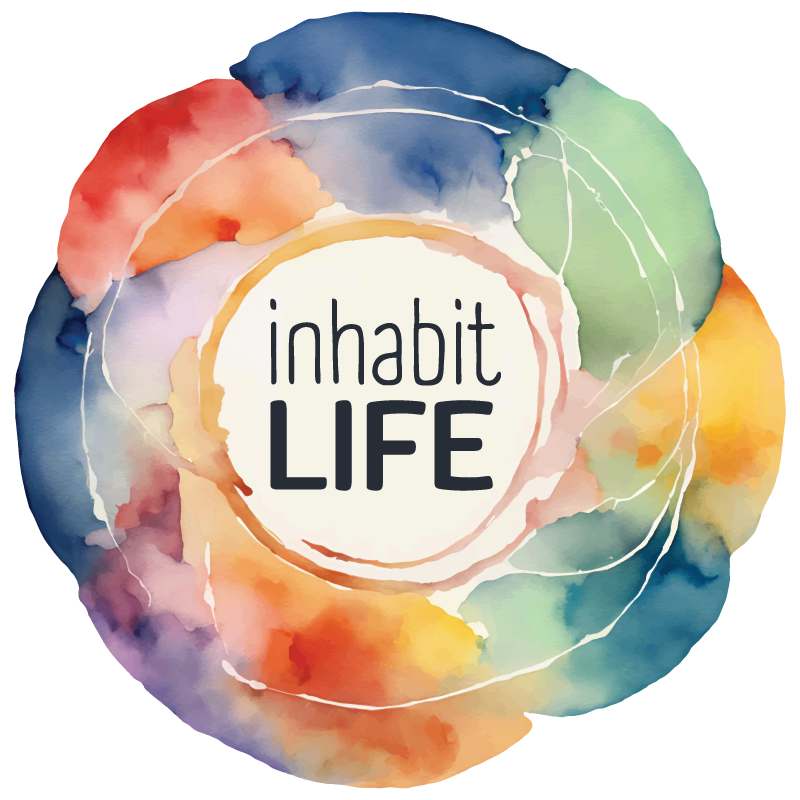Anxiety – the body’s clarion call of “danger, danger, danger!” It is that deep evolutionary instinct calling us to tune in and take action amidst physical, relational, reputational, or other threats. It’s kept us humans alive for hundreds of thousands of years and helped individuals survive amidst violence, oppression, invalidation, and much more. However, it can sometimes overwhelm our ability to stay present to the moment, discern threats, and take the right action. Through mindfulness, we can look at the emotions, needs, and threats that drive the anxiety and take more effective steps to a more safe, calm, and confident life.
In this post, we’ll explore five practical mindfulness techniques you can start using today. It will require experimentation as you learn what is the right thing for that moment and experience. Above all, remember that this is not about controlling or suppressing an experience. If that is the goal, in the long run, you may incidentally inflame the anxiety. This is about creating space, broadening experience, and finding freedom to live more vibrantly.
1. Grounding Exercise: The 5-4-3-2-1 Technique
When anxiety takes over, grounding yourself in the present moment can help reduce panic and bring your awareness back to your surroundings. This simple 5-4-3-2-1 technique can help:
5: Let your eyes explore five things you can see.
4: Feel the texture of four things you can touch.
3: Settle into the sounds of three things you can hear.
2: Inhale the scent of two things you can smell.
1: Experience the flavor of one thing you can taste.
This technique shifts your focus from your internal thunderstorm to your current environment, helping you feel more grounded and creating space to take better action.
2. Breathing Exercise: The 4-7-8 Breath
We breathe deeply when we are safe and relaxed, so intentional deep breaths can signal to your nervous system that it can calm down. You might try the 4-7-8 breathing technique which focuses especially on extended exhales:
- Breathe in quietly through your nose for a count of 4.
- Hold your breath for a count of 7.
- Exhale completely through your mouth for a count of 8.
You might try repeating this for four cycles and then experimenting with other rhythms according to what your body needs at that moment. This controlled breathing helps slow your heart rate and encourages relaxation.
3. Body Scan
A body scan can help you tune in to your physical sensations and invite release of tension. To do this:
- Sit or lie down in a comfortable position.
- Close your eyes and take a few deep breaths.
- Start at the top of your head and slowly focus on each part of your body, all the way down to your toes, connecting the movement of your attention with your breath.
- As you focus on each area, notice any tension or discomfort, and then release it with each exhale.
This practice increases awareness of your body and helps to reduce the physical effects of anxiety, such as muscle tension or shallow breathing.
4. Mindful Walking
When anxiety feels like it’s consuming you, getting outside and moving can help. During a mindful walk, focus on the act of walking itself. It is especially beneficial, but not necessary, to do this in nature.
- Move slowly
- Connect to your breath and the environment you’re walking through
- Pay attention to how your feet connect with the ground.
- Notice the rhythm of your steps and the way your body moves.
- Be witness to your surroundings—the trees, the sounds, the colors.
It’s ok if anxious thoughts or feelings continue to arise as you walk. Breathe into and acknowledge them and return your attention to the experience of your body. This helps create space from anxious thoughts and brings you into the present moment.
5. Practicing Gratitude in the Moment
Anxiety often pulls you into worst-case scenario thinking. Catastrophizing may hold important truths for us to tune in to, but it is never the entire story. A simple way to break from this tunnel vision and see more of the world is by practicing gratitude. In moments of anxiety, acknowledge the thoughts and feelings while also considering something you’re grateful for, no matter how small. This can be:
- A supportive friend.
- A beautiful sunset.
- A favorite song that makes you smile.
Focusing on gratitude shifts your mental perspective, giving you a break from anxious thoughts and fostering a sense of balance, control, and optimism.
Next Steps
Mindfulness is a powerful tool amidst anxiety. These techniques are only a few of many that can be integrated into your daily routine according to your context, needs, and preferences. In therapy, we may practice these or others to prepare you to navigate the day-to-day more confidently. Contact me here or schedule a free consultation call to begin. For more on finding fulfillment amidst anxiety, check out: Things Might Go Terribly, Horribly Wrong: A Guide to Life Liberated from Anxiety by Kelly Wilson.


